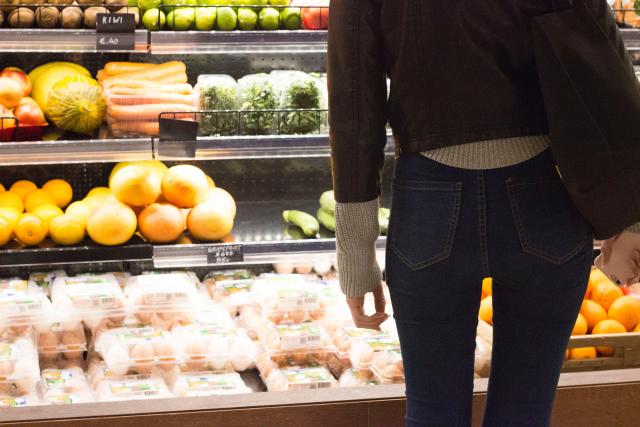Australian’s, including those from Melton and Moorabool are currently experiencing one of the worst cost of living crises on record, and University of New South Wales (UNSW) School of Marketing professor Nitika Garg said with high inflation rates and stagnant wages, there is no doubt that working Australians are “very price conscious”.
According to Professor Garg there are some key tactics to watch out for when supermarket shopping. She says that these tricks are all based on consumer psychology, designed to trigger reminder or impulse purchases for the consumer.
Locked-in deals, they are are commonly identified by bright red labels on items and typically present a capped price until a specified date. Consumers may be misled into believing that purchasing the item before the deadline offers greater cost-effectiveness due to the deal. However, the price of the locked-in deals is often the same as the original price of the item.
Store layout, supermarkets design the layout of the store to purposely put staple foods such as milk and bread far away from each other – and usually at the back of the store. This tactic is designed to make a consumer walk through the store and spend more time.
Bigger-sized carts, studies in the USA have shown that some trolley sizes in supermarkets have doubled in size since first being introduced. This has resulted in consumers typically buying 40 per cent more food items. The idea behind this is that consumers are tricked into thinking their shopping trolley appears to be missing food items.
Music, supermarkets typically play more relaxed, slow-paced music to create a relaxed atmosphere and encourage customers to stay longer, enhancing their shopping experience and getting them to buy more.
Store deals, the ‘buy two, get one free’ deals and similar schemes may initially appear as an excellent opportunity and a cost-effective method of saving money if it’s an item you buy regularly. However, if it’s an item that has a short expiry date, it may not be realistic that a consumer will consume all three items before the expiry date. Furthermore, you might find that the price of one item is just its regular price.
Professor Garg said that the obvious answer to why supermarkets use these tactics is that their purpose is to sell more.
“That’s their job, they are storing lots of goods. They want you to buy more than what you have on your list,” she said.
“With the cost-of-living crisis soaring, it would be in the interest of consumers to shop at different stores to get the best deals, if they have the time.”
Professor Garg admitted most consumers won’t have time to complete multi-store shopping and supermarkets know this.
“It’s all dictated by the basic idea that consumers find processing information at the store or beforehand costly, and this is where supermarket tactics come into play,” she said.
“A lot of the tactics are based on getting the consumer in, because once they’re in, they will likely end up buying a lot more than they expected.”
One of these tactics is the ‘loss leader’ concept – where supermarkets will lure you into their shop with an attractive deal and bet on you doing the rest of the shop there.
“What all supermarkets are guilty of is advertising some products which are desirable to the consumer and where they are competitive most supermarkets won’t make any profit on the item – these are known as loss leaders,” she said.
Professor Garg said that usually supermarkets will place loss leaders at the front of the store to allow consumers to see from a distance because they know that once you come in, you are likely to buy more than just that item.
“If you’re going in and you’re saying oh, they’re selling bananas at $1.99 per kg and Coles is selling it at $4.00 per kg, suddenly that’s a great deal. But the thing is, how many of us are going to get the bananas from one store and then get the other things from Coles?” She said.
“In summary, it’s best to be aware of the consumer psychology that supermarkets use to market their products. If consumers are more aware of these tactics, they can be more mindful of where they want to rely on these and where they want to be wary of such tactics. It’s also important to note that this is not just relevant to in-store supermarket shopping. Online shoppers should be wary of similar tactics too.”







